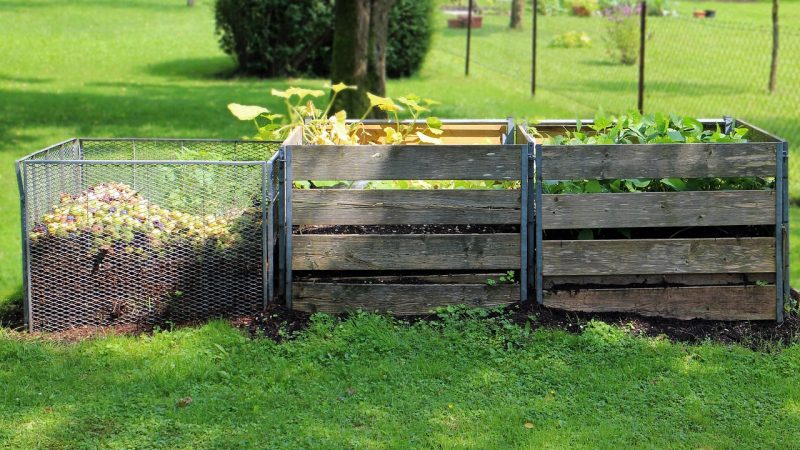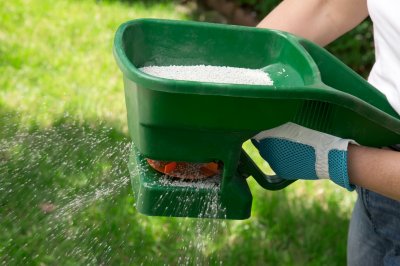Moss can be a common problem in lawns, especially in areas with poor drainage, compacted soil, and shady conditions. Here are some steps to help kill moss in your lawn:
- Improve lawn drainage: Moss tends to thrive in damp and poorly drained areas, so improving lawn drainage can help reduce moss growth. You can do this by aerating your lawn to loosen compacted soil, improving soil fertility, and making sure that your lawn is not overwatered.
- Increase sunlight: Moss prefers shady conditions, so pruning trees and shrubs can help increase sunlight and reduce moss growth. Consider removing any overhanging branches or thinning out dense foliage to allow more light to penetrate the lawn.
- Remove moss manually: You can also remove moss manually using a rake, garden fork, or a moss scraper. This will help to remove the existing moss and create space for grass to grow.
- Apply moss killer: If manual removal is not practical or if moss growth is severe, you can apply a moss killer to your lawn. Moss killers contain iron sulfate, which is toxic to moss but does not harm grass. Be sure to follow the instructions carefully when applying moss killer, and take care to avoid over-application, as this can damage your lawn.
- Reseed: Once you have removed the moss, consider reseeding your lawn to help fill in any bare patches. Choose grass varieties that are well-suited to your soil and light conditions, and water your lawn regularly to encourage healthy growth.
It’s important to note that moss growth is often a symptom of an underlying problem, such as poor soil drainage or excessive shade. Addressing these issues can help prevent moss from returning in the future.







